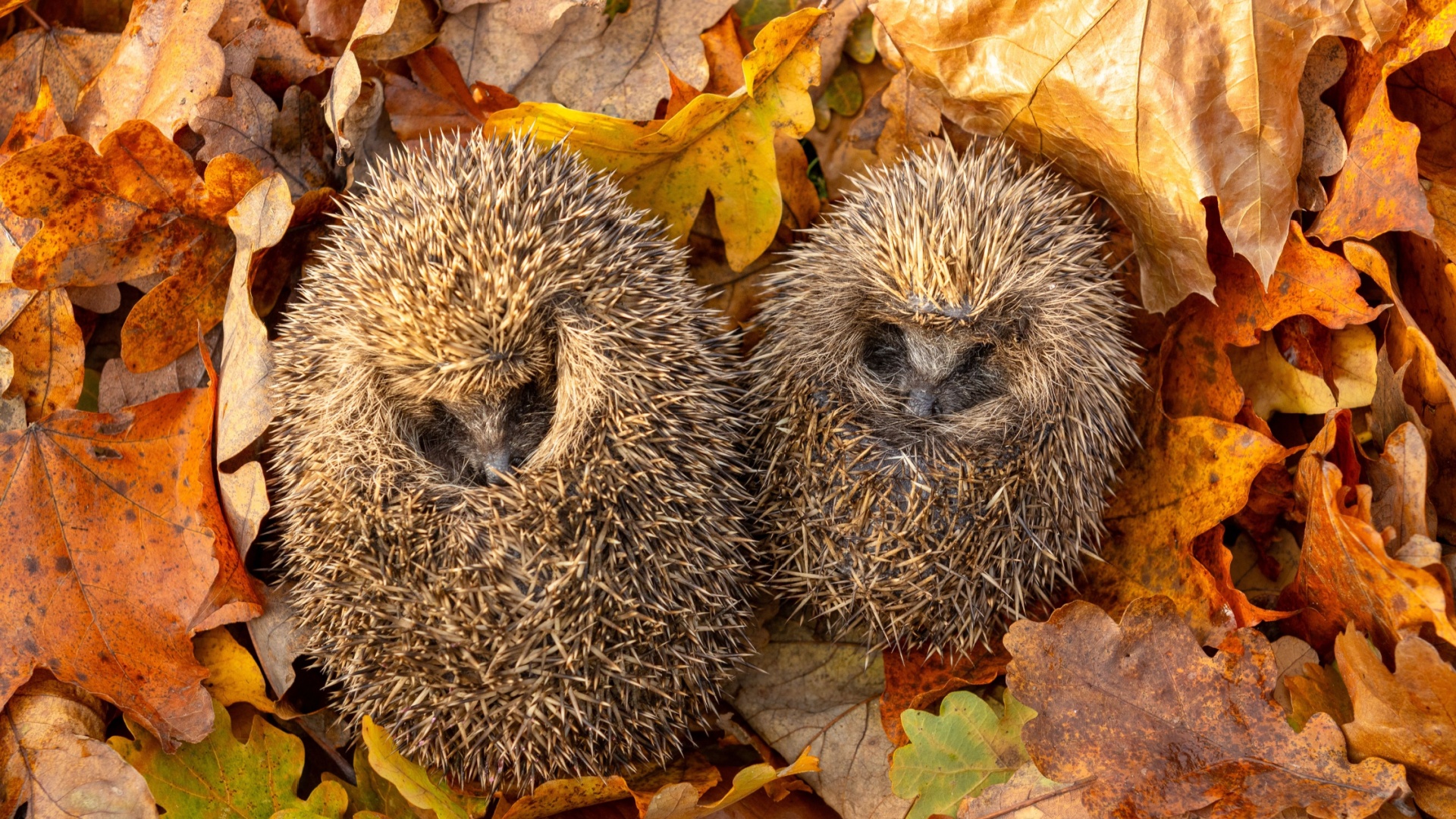Back in elementary school, one of the world’s greatest mysteries to me was hibernation. As a child, I simply couldn’t understand how and why some animals go to sleep for the entire winter and then wake up perfectly fine in the spring.
How can they sleep so long?
Don’t they get hungry?
I could never miss Christmas!!!
These thoughts constantly roamed my young mind. Now, older (but none the wiser), some things are much clearer – yet the childlike fascination with hibernation remains strong.
In this article, we’ll dive back into “school” and explore everything there is to know about hibernation – and maybe learn a bit more than we bargained for!
1. What Exactly Is Hibernation?
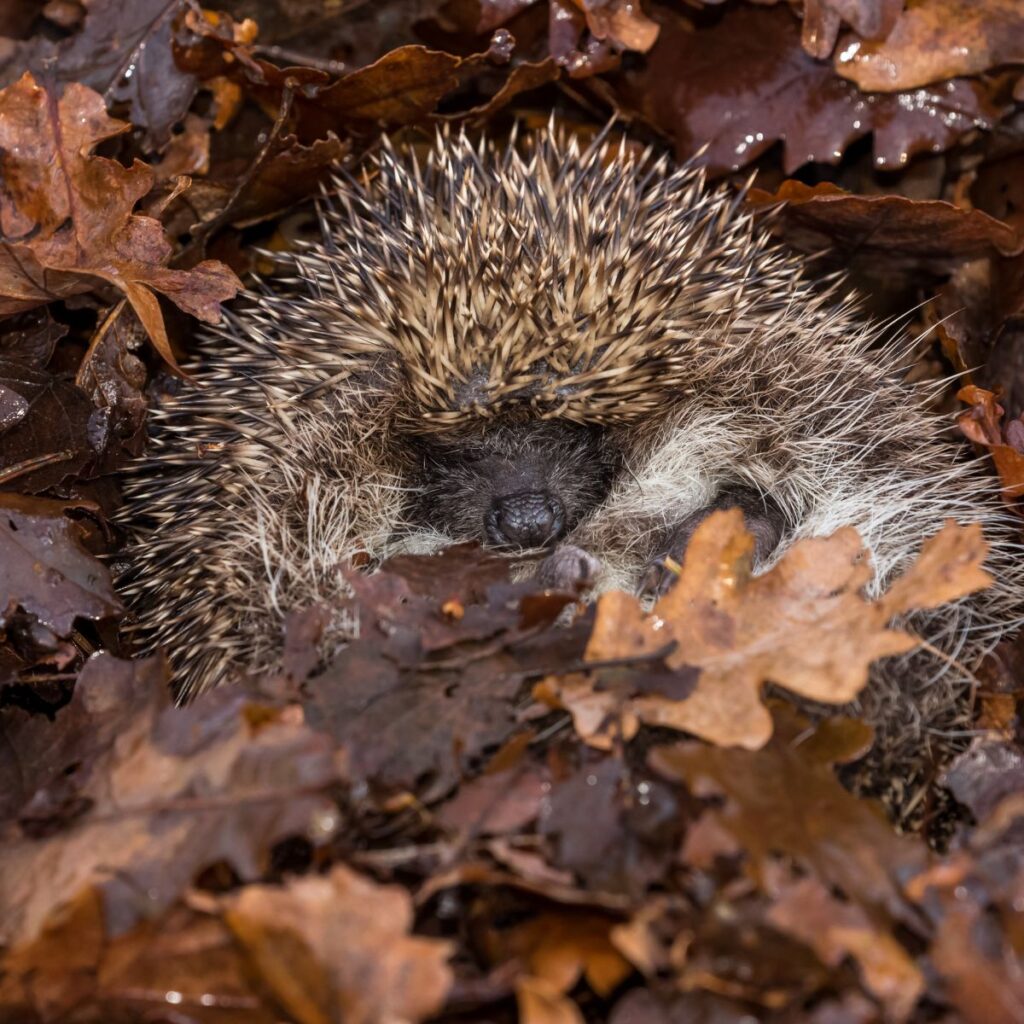
Credit: Shutterstock
According to Merriam-Webster Dictionary, to hibernate means “to pass the winter in a torpid or resting state.”
For many animals, hibernation is an inactive state similar to what we understand as deep sleep. It’s a way to survive cold winter months without needing to migrate to warmer areas or search for food.
2. How Long Does Hibernation Last?
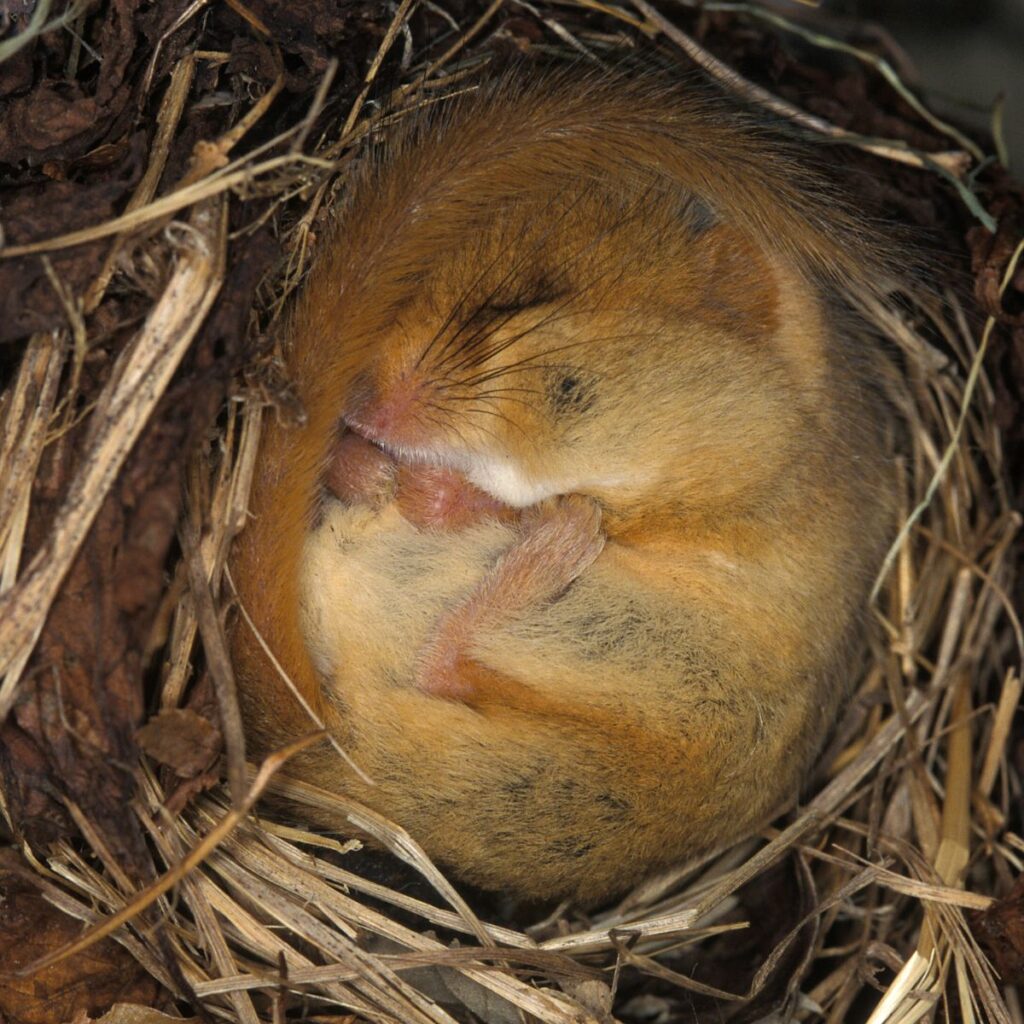
Credit: Shutterstock
The duration of hibernation varies widely and is influenced by many factors including the species, time of year, ambient temperatures, and the animal’s physical condition.
To prepare for this dormant period, each animal must accumulate sufficient energy reserves to potentially last through the entire winter.
Therefore, hibernation typically lasts anywhere from 4 to 7 months.
3. Do They Really Sleep The Whole Time?
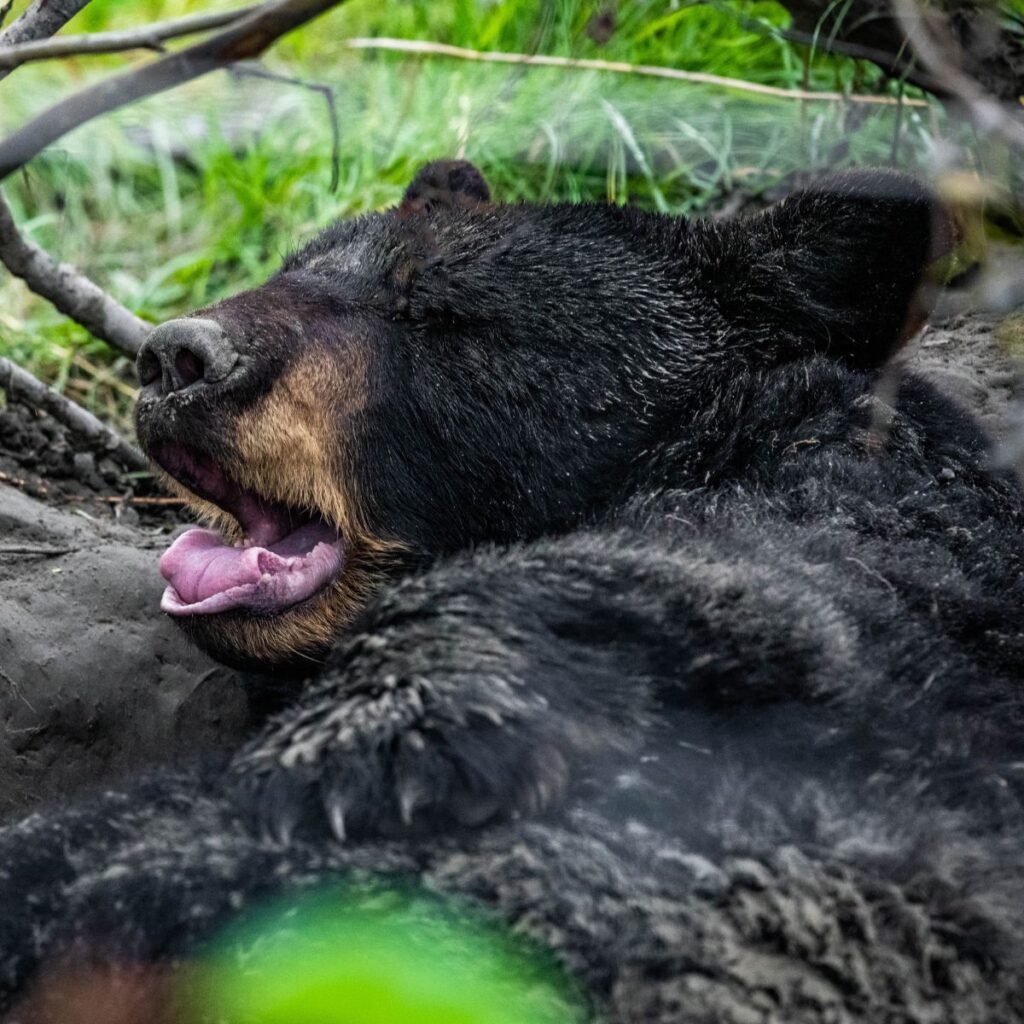
Credit: Shutterstock
While most of us think of hibernation as one long beauty sleep, that’s actually far from the truth.
For animals, hibernation is more accurately a state of deep rest, not just one extended nap. During this period, they conserve their stored energy, causing their entire body to enter a ‘pause’ mode.
Everything from their heart rate and breathing to metabolism and physical activity significantly slows down.
Although some animals may wake during hibernation for water, a snack, or adjust to environmental changes, they generally remain in a low-energy state.
4. How Do Animals Prepare For Hibernation?
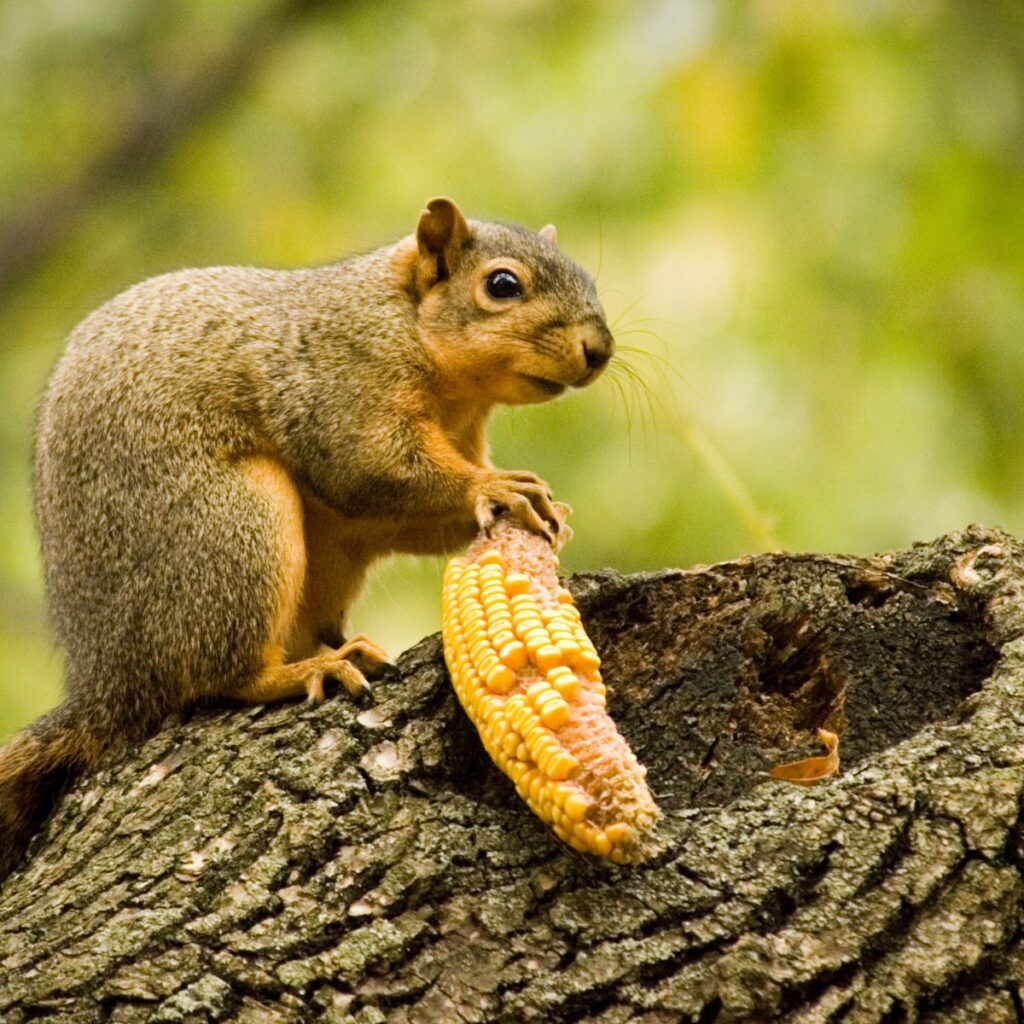
Credit: Shutterstock
Most animals, especially mammals, increase their food intake in the weeks leading up to hibernation.
This excess food is stored as fat, which becomes their main energy source during the months of rest when they are not actively eating.
Once their bodies are ready, they also prepare their hibernation spaces. Bears, for instance, dig out dens, while smaller animals like chipmunks burrow and line their nests with insulating materials like leaves to stay warm and cozy.
5. Does Climate Change Affect Hibernation?
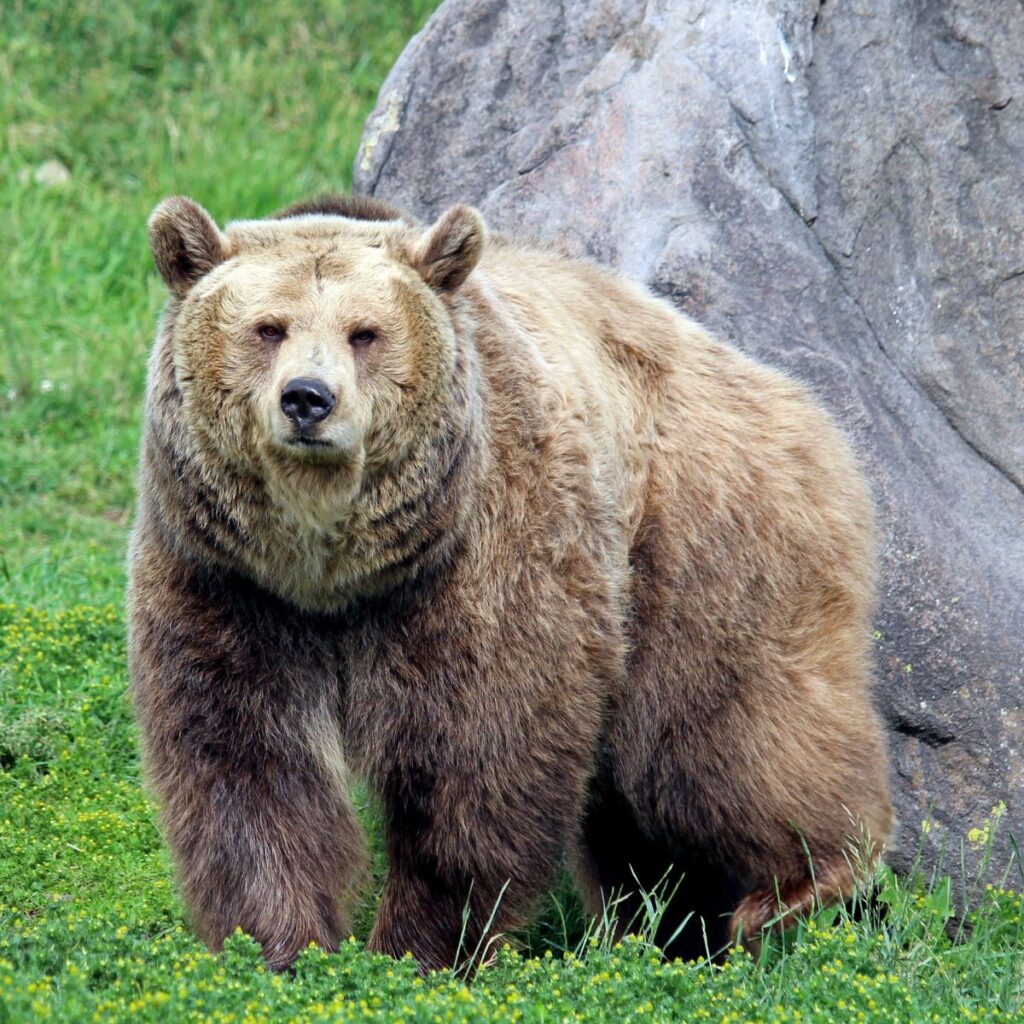
Credit: Shutterstock
Unfortunately, yes! Climate change disrupts seasonal cycles by either shortening or lengthening them.
This can confuse animals’ internal clocks, causing them to wake up too early or start hibernation too late.
Such disruptions pose survival challenges and can be dangerous, especially if an animal cannot adapt quickly enough.
6. Which Animals Hibernate?
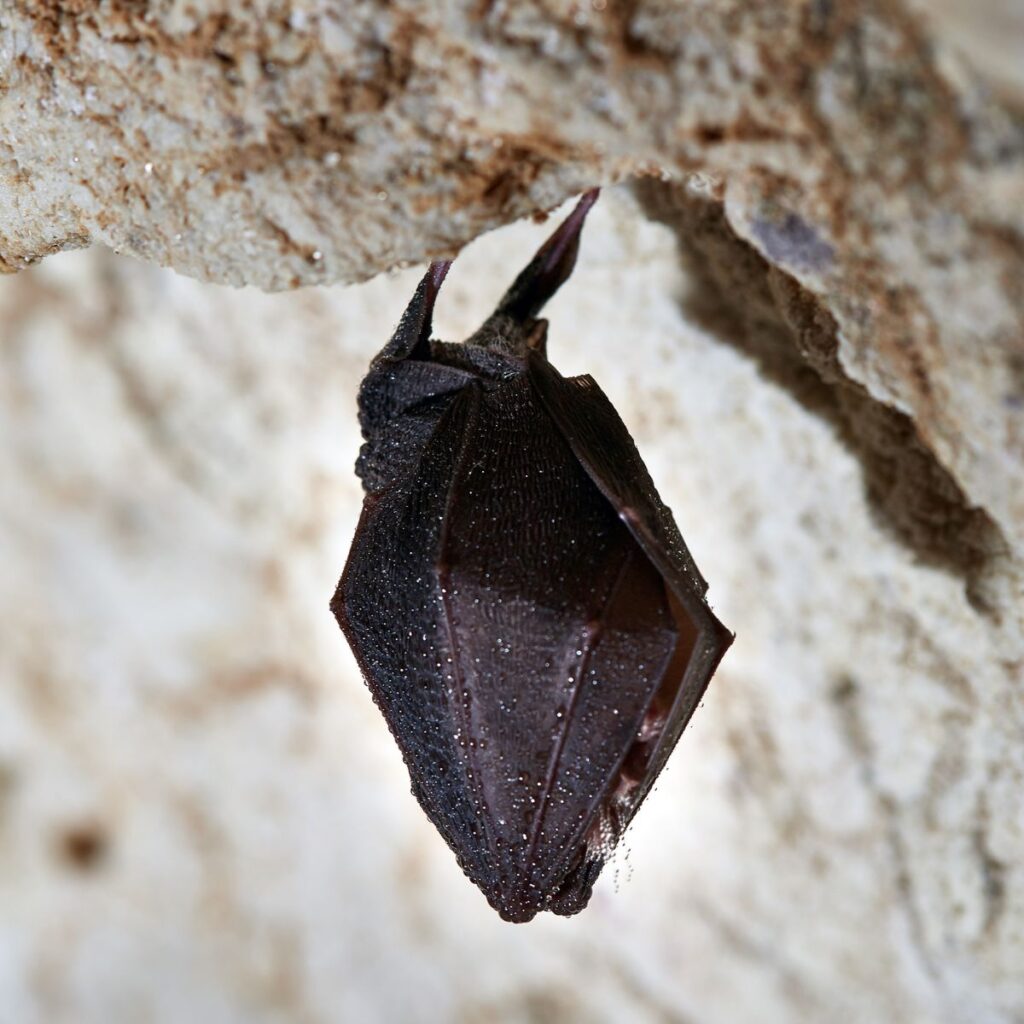
Credit: Shutterstock
When we think of hibernation, many of us picture a giant bear, safely tucked away in its den. Typically, hibernating animals include various mammals, reptiles, and amphibians.
Among them are bats, squirrels, hedgehogs, groundhogs, certain frogs, and some turtles.
While birds generally migrate to warmer climates, some, like the Common Poorwill native to North America, enter a state similar to hibernation known as torpor during the winter.
7. Heard Of Aestivation? (It’s Like Hibernation – With A Twist!)
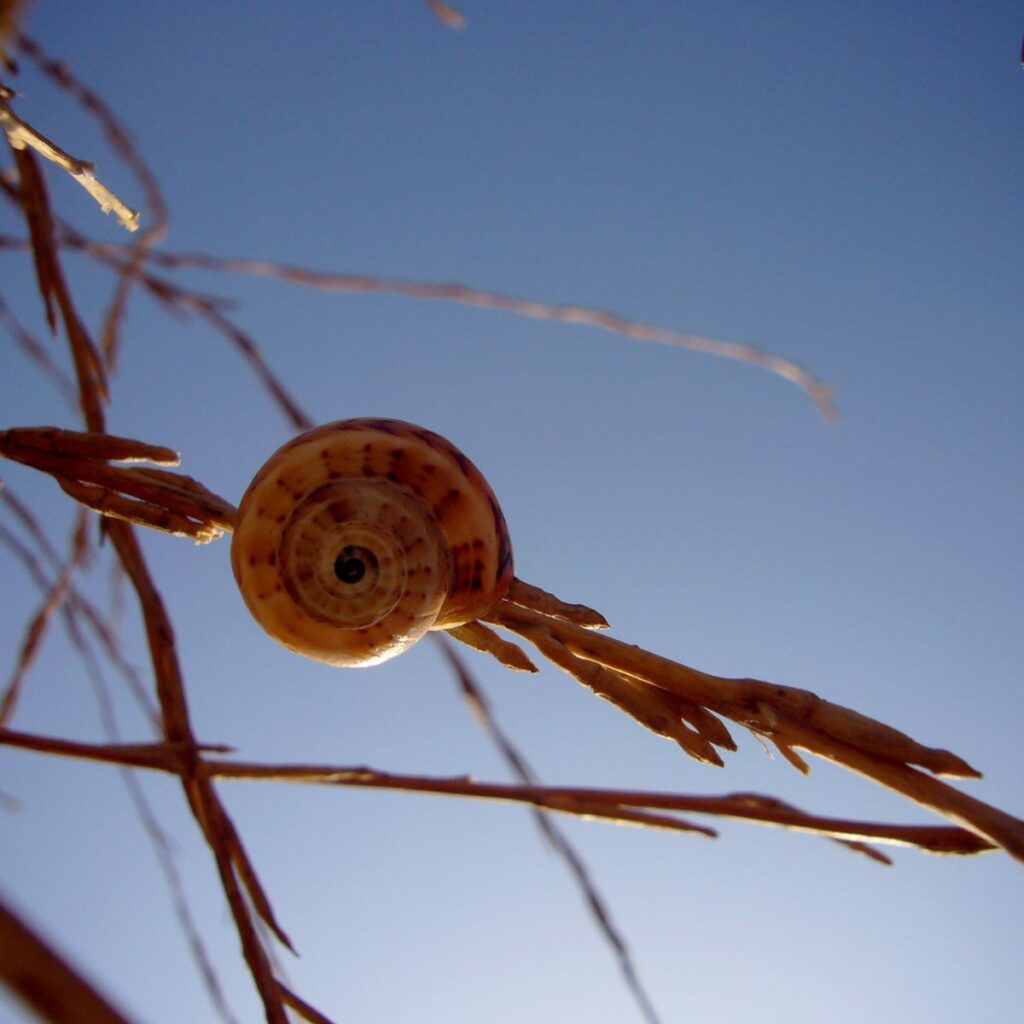
Credit: Shutterstock
Aestivation is similar to hibernation but occurs in animals living in hotter climates who need to survive extreme heat and droughts.
Animals that aestivate include a variety of terrestrial and aquatic species, such as earthworms, snails, lungfish, amphibians, and reptiles like Glossy snakes and Nile crocodiles.
8. Some Fish Hibernate Too
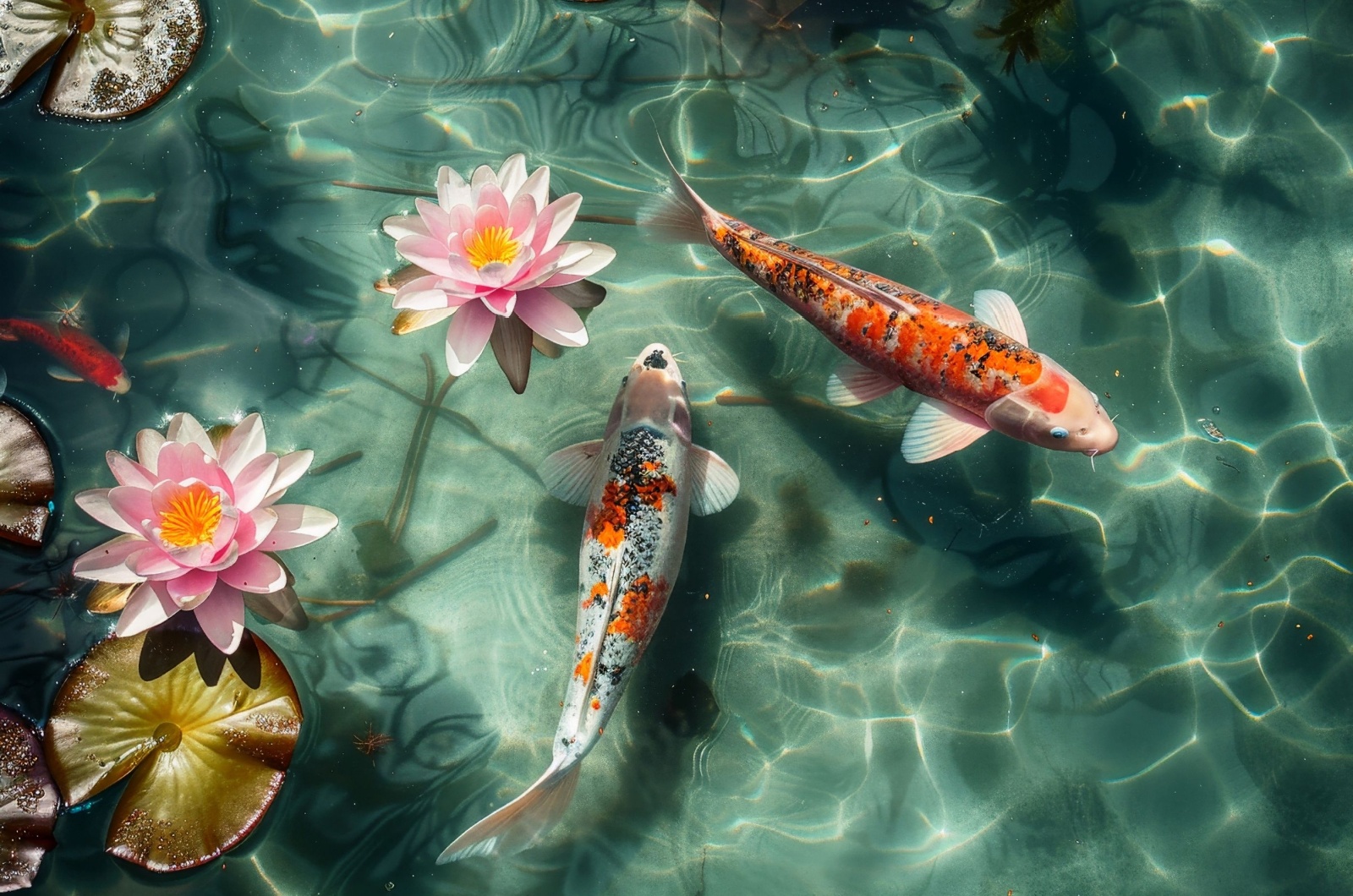
Credit: Shutterstock
Certain fish species, like koi and goldfish, enter a hibernation-like state during winter to survive colder temperatures. They slow their metabolism significantly, stop eating, and rest at the bottom of ponds where the water remains slightly warmer than the surface.
During this time, their bodies rely on stored energy reserves to maintain basic functions. Their movement becomes minimal, conserving energy and reducing the need for oxygen, which is crucial as colder water holds less dissolved oxygen.
These fish also become less responsive to external stimuli, essentially shutting down non-essential activities until conditions improve. As temperatures rise in the spring, their metabolism gradually increases, and they resume normal activity, feeding, and growth. This seasonal adaptation helps them endure harsh conditions while minimizing energy expenditure.
9. Baby Animals Hibernate Differently
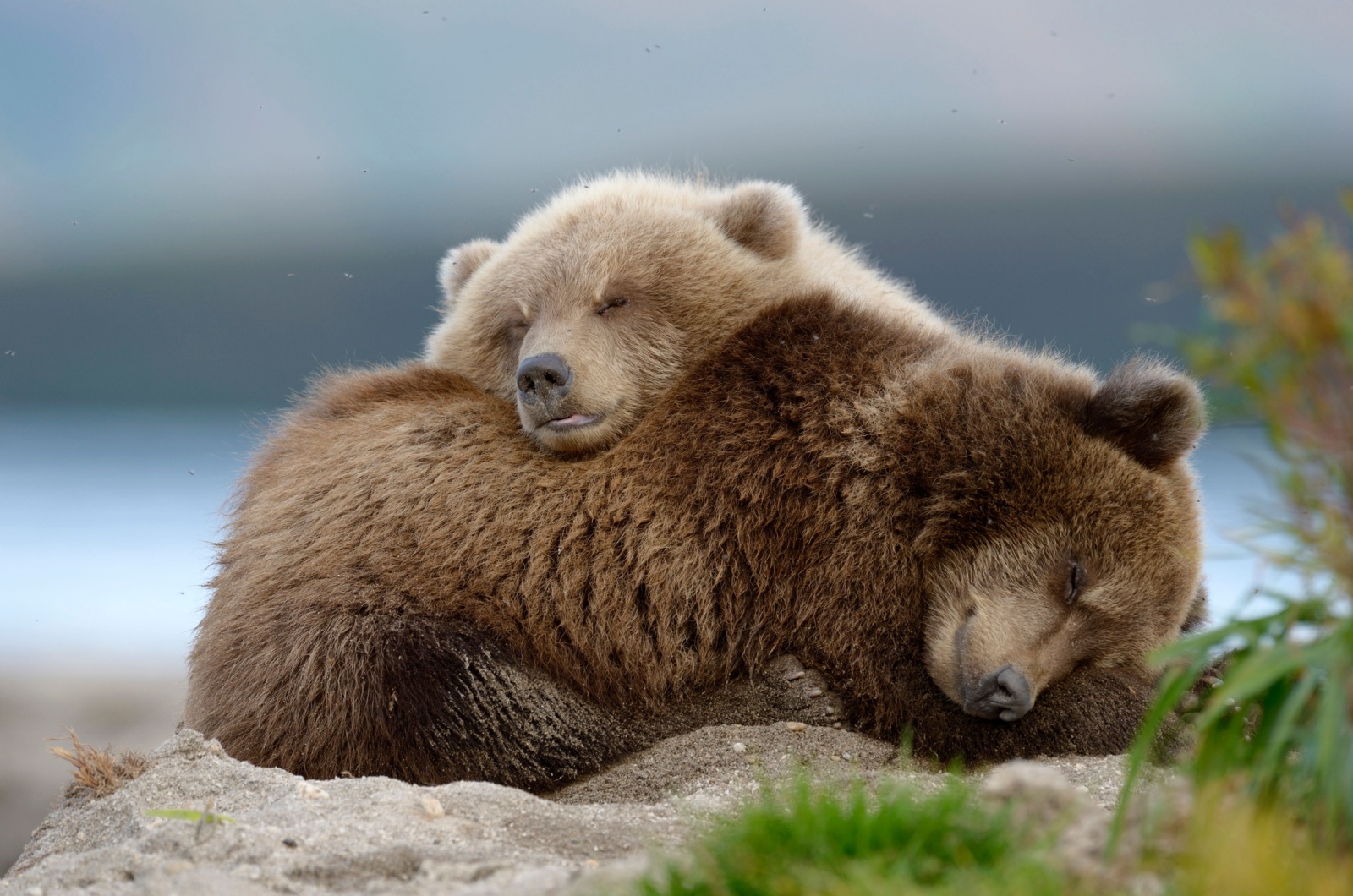
Credit: Shutterstock
Young animals, such as bear cubs, have a unique approach to surviving hibernation. Unlike adult bears that enter a deep state of torpor with significant metabolic slowdown, cubs rely heavily on their mother’s warmth and stored energy to make it through the winter months.
Born during hibernation, bear cubs are blind, helpless, and entirely dependent on their mothers for survival. They snuggle close to their mother’s body to maintain warmth, as their small size and underdeveloped fur offer little insulation against the cold.
During this time, the mother bear’s body provides not only protection but also nourishment. She produces rich, nutrient-dense milk that sustains the cubs while she herself remains in a semi-dormant state.
Despite fasting for months, the mother’s fat reserves are converted into energy to fuel milk production. Interestingly, the cubs do not experience the full metabolic slowdown seen in their mother. Their tiny bodies remain relatively active as they grow and develop during the hibernation period.
By the time spring arrives, the cubs are stronger and ready to venture out of the den. This remarkable maternal adaptation ensures the cubs’ survival during their most vulnerable stage, highlighting the intricate balance of energy conservation and nurturing in the world of hibernating animals.
10. Some Birds Hibernate Too
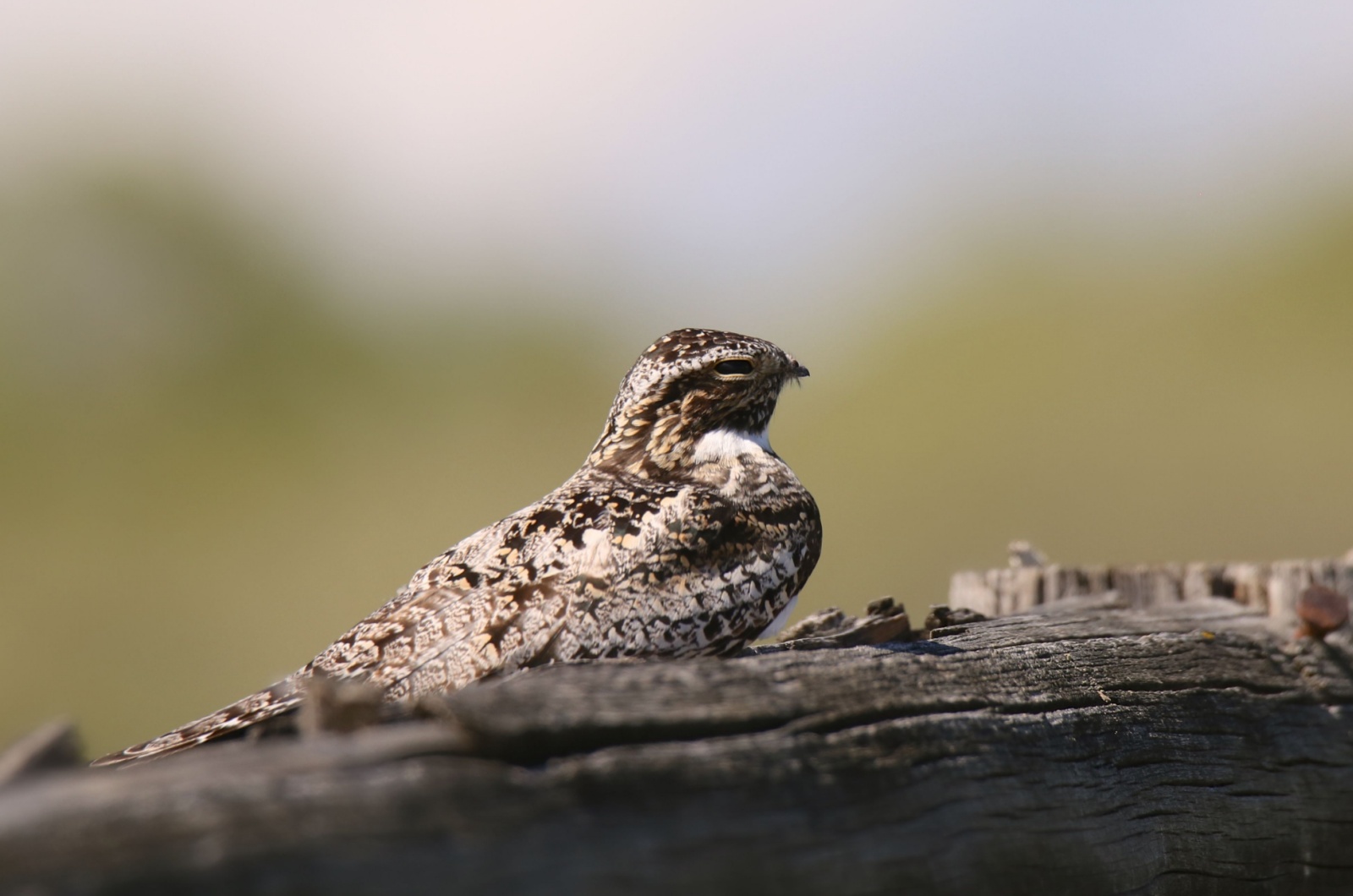
Credit: Shutterstock
While hibernation is more commonly associated with mammals, certain bird species also have the remarkable ability to enter a hibernation-like state. The common poorwill, a relative of the nightjar, is one of the few birds known to truly hibernate.
This bird can slow its metabolism and lower its body temperature to survive harsh winters when food is scarce. During this time, it seeks out sheltered spots such as rock crevices to remain undisturbed for weeks or even months.
Unlike mammals, which rely on fat reserves for warmth, the common poorwill conserves energy by drastically reducing its activity levels. This unique adaptation makes it an outlier among birds and provides scientists with valuable insights into the evolutionary diversity of hibernation strategies.
11. Hibernating Animals Lose Minimal Muscle Mass
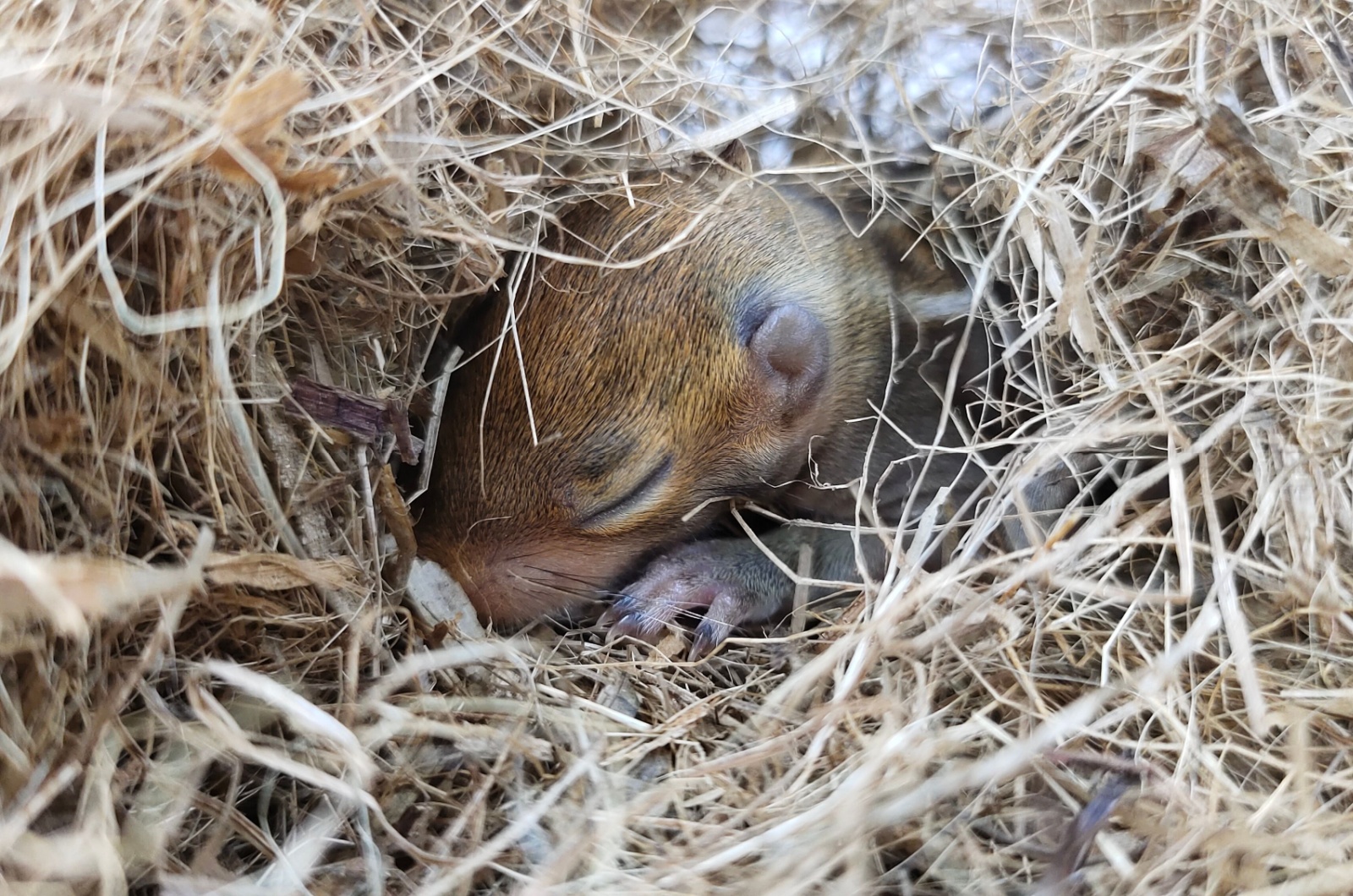
Credit: Shutterstock
One of the most astonishing aspects of hibernation is how animals maintain muscle mass despite prolonged inactivity.
Unlike humans, who experience rapid muscle atrophy during extended periods of rest, hibernating animals have adapted mechanisms to preserve their strength. Bears, for instance, can remain in a state of torpor for months and emerge in the spring with their muscle tissue largely intact.
This preservation is due to their ability to recycle nitrogen and other byproducts of protein breakdown, minimizing muscle loss.
Scientists are studying these processes to develop treatments for muscle-wasting conditions in humans. This incredible adaptation ensures hibernating animals can resume their normal activities, such as hunting or mating, without a lengthy recovery period, demonstrating nature’s remarkable efficiency.

